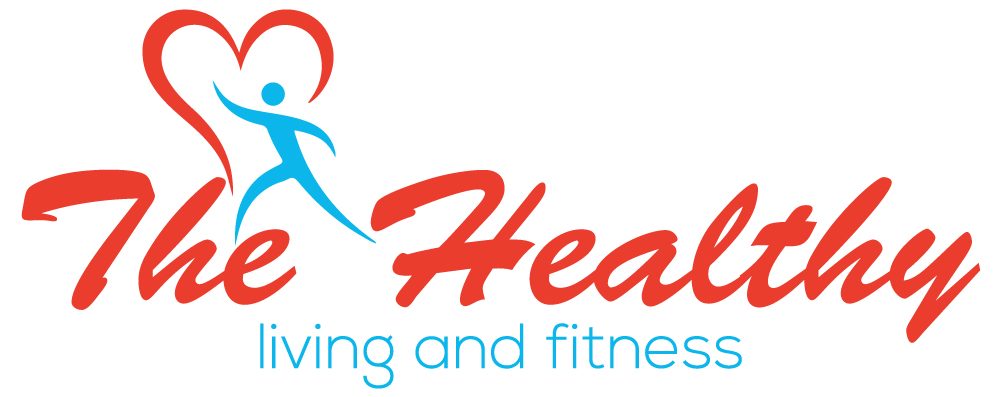Specialist diets are not a new fad or bandwagon for people to jump on board. In fact, people have been omitting certain foods from their diet since the 1930’s! One of the most misunderstood lifestyle changes has got to be the gluten-free diet. After all, it has become more of a trend than a necessary medical treatment. Here is everything you need to know about living gluten-free…
What is Gluten
Simply put, gluten is a protein that is found in wheat, rye and barley food products. It adds flavour and acts as a ‘glue’ in order to help products maintain their shape. The majority of people are able to process this protein without any issues, however 1 in 100 people are faced with a range of severe symptoms when they consume any food that contains it.
Coeliac Disease vs NCGS
People who suffer from gastrointestinal problems and other unexpected symptoms after consuming the gluten protein are said to have one of two conditions; coeliac disease or non-coeliac gluten sensitivity. Although the symptoms of both conditions are generally the same (diarrhoea/constipation, nausea, abdominal pain, anaemia, fatigue, anxiety/depression and mouth ulcers), coeliac disease is more universally recognised in the medical profession and is much more serious.
For example, if a person has coeliac disease then consuming gluten triggers an immune response inside the small intestine which gradually damages the villi and leads to malabsorption. In children, the condition can affect growth and general development and in adults, it can increase the risk of cancer. On the other hand, people who suffer from non-coeliac gluten sensitivity do not have an autoimmune disorder but struggle to process the gluten protein and suffer similar symptoms. The treatment for both conditions is to follow a strict gluten-free diet.
Free Foods
Since the only way to relieve the symptoms of coeliac disease and NCGS is to follow a strict gluten-free diet, it is important that people who suffer from both conditions read labels carefully. After all, gluten can be found in unexpected places like lipstick and skincare products! Thankfully, many supermarkets now stock a free-from range that allow people to purchase altered food products without that pesky gluten protein. Plus, there is a wide range of naturally gluten free foods available including fruit, vegetables, nuts, seeds, meat, fish, poultry, eggs, cheese, rice and butter.
Here at The Home and Gardens, we recognise the stigma surrounding the gluten-free diet. After all, there are many people whose ignorance prevent them from looking beyond the ‘trend’ and researching the reasoning. To find out more information about the gluten-free lifestyle, get in contact with a member of The Healthy Living and Fitness team today!
